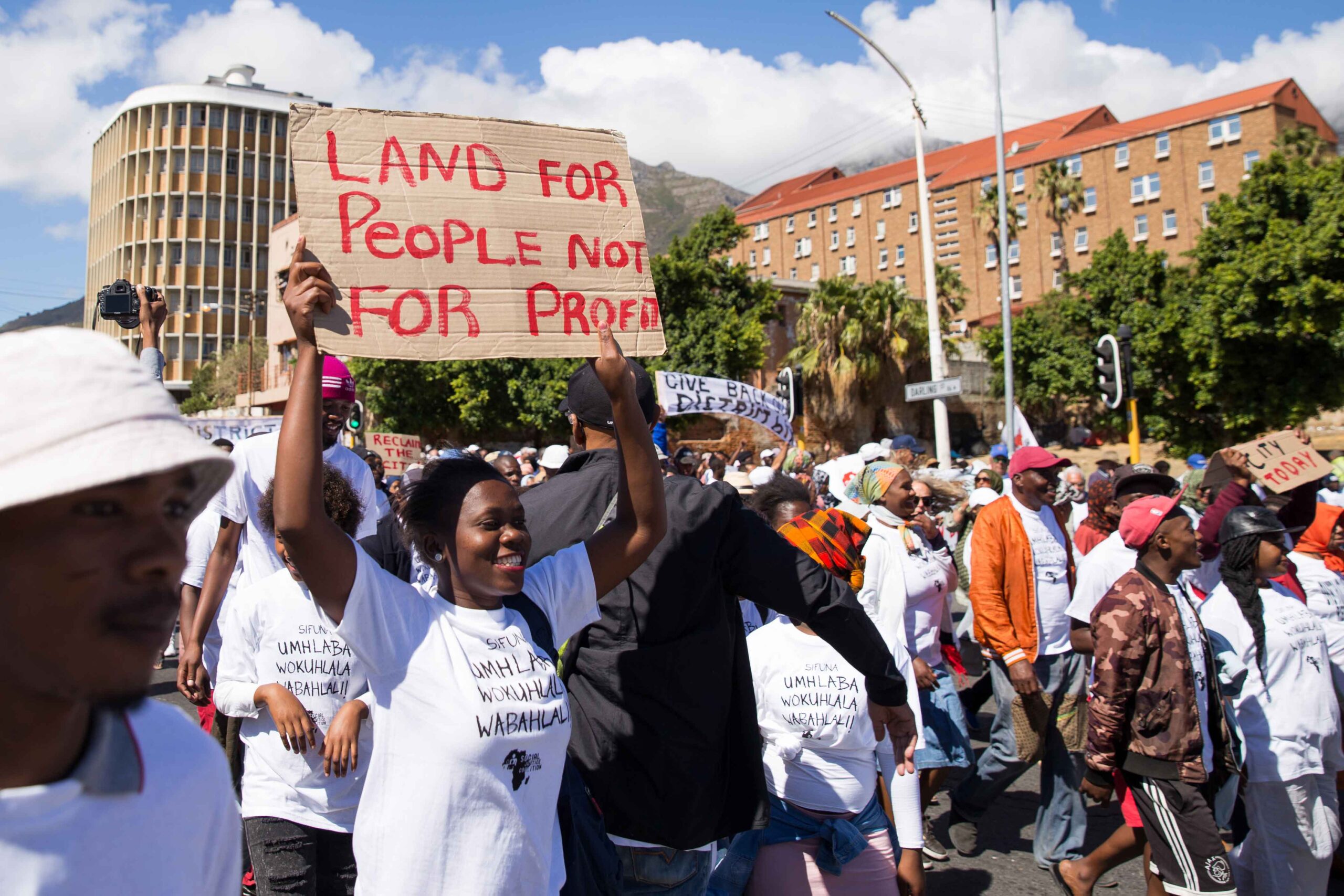Innovative technologies may be an important means of addressing South Africa’s service delivery challenges, if harnessed to solve problems from the bottom up. First, however, municipalities need to embed in their structures a capacity to learn and innovate. On 23 and 24 October, various stakeholders, including representatives from the municipalities, the HSRC and the Department of Science and Innovation (DSI), met to discuss the next iteration of the Municipal Innovation and Maturity Index – or, MIMI – a tool developed and refined for this very purpose. By Andrea Teagle.
“What does an innovative municipality look like?” asked the HSRC’s Dr Irma Booyens, at a municipal innovation learning forum this week. Fellow speaker Tshepang Mosiea, the DSI’s Director for Sustainable Human Settlements, outlined promising new technologies that municipalities have implemented: flush-pour toilets and hydropower, waste management and algae water treatment plants.
But innovation, said Booyens, is broader than this. It also refers to the little ways in which municipalities improve the efficiency of their service delivery operations. And understanding the factors that enable innovation is the missing link between policy and practice; between willingness to innovate and innovation itself.

Three years ago, the HSRC partnered with the DSI (formerly, the Department of Science and Technology), the South African Local Government Association (SALGA) and the University of KwaZulu-Natal (UKZN) to create the Municipal Innovation and Maturity Index, or MIMI, a capacity measurement and learning tool created to empower municipalities to become innovation champions.
In the wake of the pilot implementation of the tool, stakeholders gathered at the two-day workshop to learn about MIMI, and to discuss results. Present were delegates from the MIMI project institutions, as well as from the various municipalities. During the afternoon session of the first day, the team collected user input from municipal officials to incorporate into a refined version of the tool.
On the second day, the City of Cape Town, the City of Tshwane and Nelson Mandela Bay Metro shared their approaches to innovation. The South African Cities Network provided input from their Common Data Framework for Cities Resource Kit, while the National Advisory Council on Innovation presented the State of Innovation Report on Capabilities 2018-19. All of the feedback will inform a refinement of the tool, which is due to make its online debut at the end of the year, Booyens said. “This is an important part of our learning forums. They are co-learning platforms.”
MIMI was first implemented alongside the Innovation Partnership for Rural Development Programme (IPRDP), across six municipalities. The initial data, collected in 2016 and again in 2017, indicated that MIMI is a powerful and valid tool for identifying factors that support basic service delivery innovation. The data also revealed an incremental improvement in average innovation maturity occurred between the two rounds of data collection. This provides preliminary evidence that the tool contributes to learning, said Booyens.
In its first iteration, MIMI was mainly concerned with measuring innovation regarding basic public services delivery, in order to track the impact of IPRDP initiatives. The next iteration will embrace a broader concept of innovation, as well as a component assessing the impact of wider governance, including political instability, unrest and corruption.
In addition, the project team, comprising the HSRC, SALGA and UKZN, plan to make the language more user-friendly, and refine the questions based on feedback from the six municipalities involved in the first round of use. This continuous learning process embodies the learning mindset that the instrument aims to measure and develop.
MIMI currently comprises four modules, two of which focus on organisational culture and leadership and two of which tease out individual attitudes to innovation and problem-solving. The tool was created by drawing on literature for measuring innovation in corporations. Until now, this kind of measurement has not been undertaken in the government sector.
Booyens noted that it is critical to ask, when designing measurement tools, “are you measuring what you think you are measuring? And are you getting an accurate response?” One of the challenges is eliciting information that cannot be obtained by direct questioning: for example, attitudes towards innovation, or levels of corruption.
Rather than asking an official whether their municipality is corrupt, which is unlikely to be answered accurately, the MIMI might ask whether the organisational culture is one that enables innovation. One workshop participant suggested that tolerance for failure might be a useful additional indicator to include: what is the risk appetite of the municipality? Without risk, he argued, innovation cannot take place.
Another challenge is accounting for the possibility of bias in self-assessments: in the pilot phase, individuals typically rated their own innovation readiness as higher than that of their municipality. (Research shows that most people believe that their abilities and qualities are above average.) One way of doing this is ensuring that responses are gathered from all tiers of municipal governance, including top management, which was mostly missing from the pilot phase.
Booyens said that the MIMI team is contemplating weighting responses, as well as including a calculation for the minimum number of responses needed for a municipal maturity score to be representative. Evidence for innovation capacity might also be collected to supplement and reinforce the survey findings.
As Dr Sikulumile Sinyolo from the HSRC emphasised, MIMI is an empowerment tool for municipalities, intended to challenge, rather than a means for comparison or competition across municipalities. Indeed, innovation maturity involves sharing experiences and technologies across municipalities to fulfil a shared mandate of providing essential services.
“MIMI is a unique contribution to the way that we measure innovation in South Africa in the government sphere,” Booyens added.


